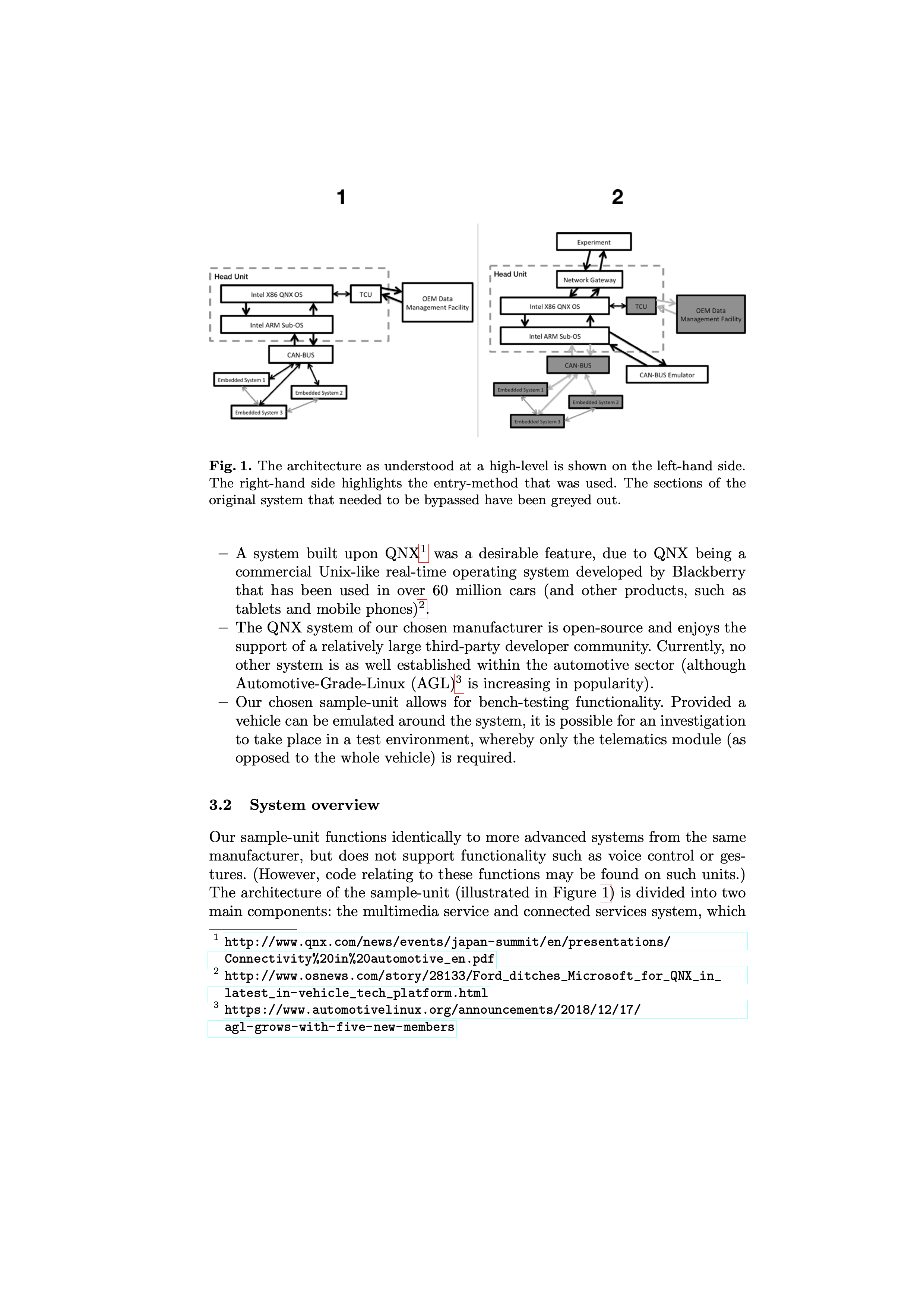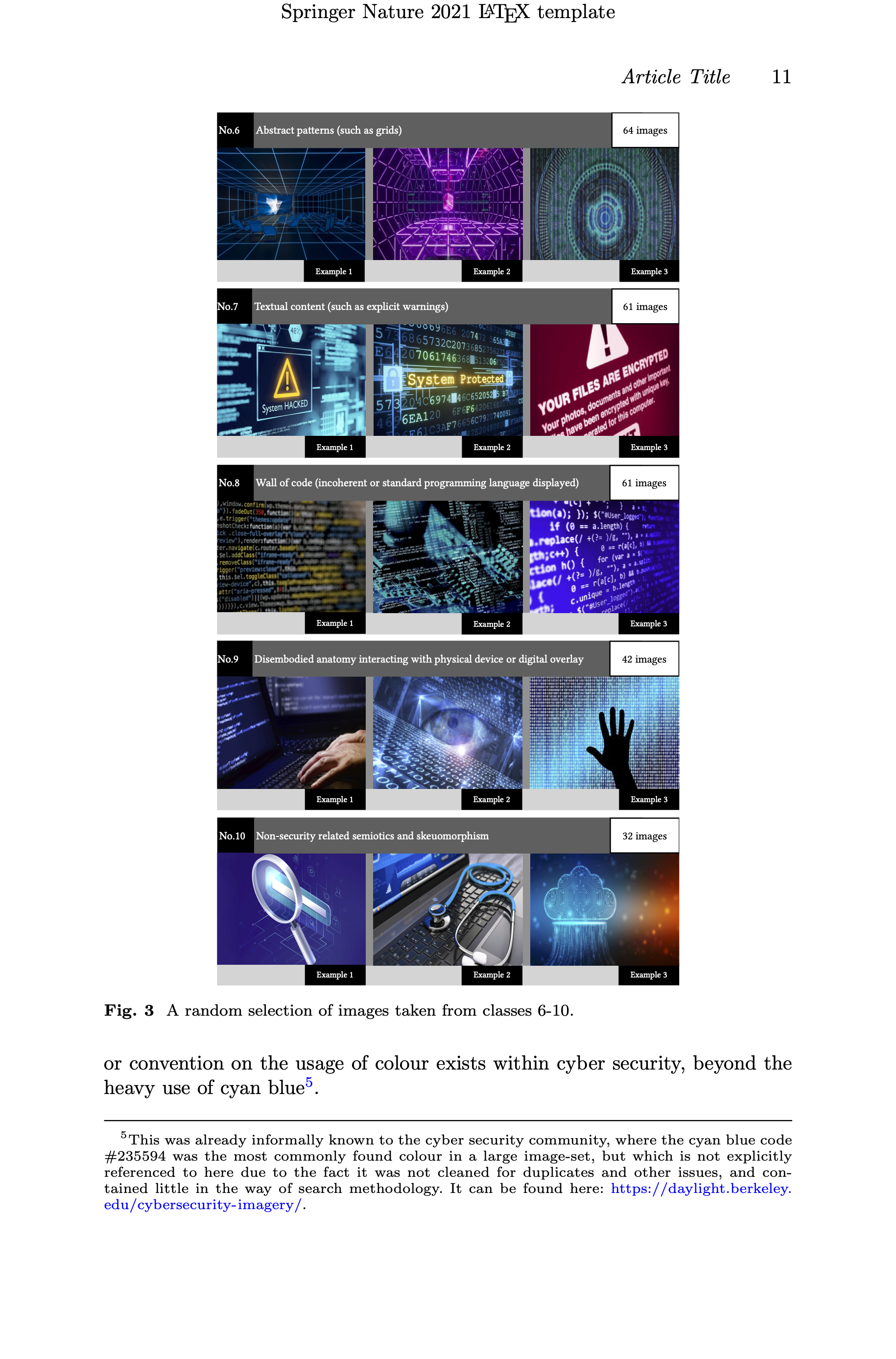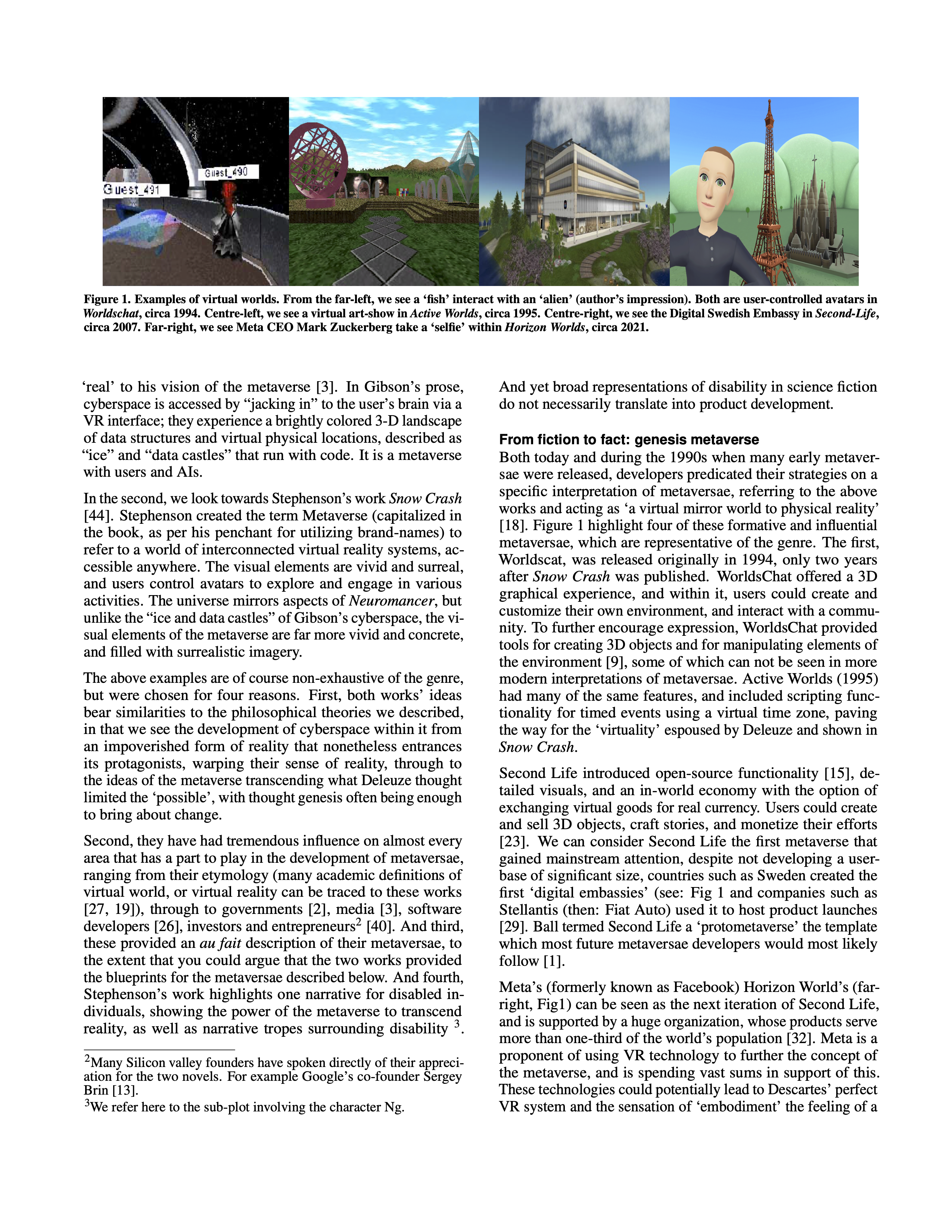On this page I share some papers that I found interesting to work on, in no particular order. More will be added over time.
Connected Vehicles: A Privacy Analysis
Quinlan, M., Zhao, J., Simpson, A. (2019)
Introduction: An assessment of the security currently in place around connected and semi-autonomous cars, with a specific focus on decoding the black box nature of the telematics unit and the privacy threats that systems of this type often represent to the user.
The aesthetics of cyber security: How do users perceive them?
Quinlan, M., Ceross, A. and Simpson, A. (2023)
Introduction: While specific aesthetic philosophies may differ across cultures, all human societies have used aesthetics to support communication and learning. Within the fields of usability and usable security, aesthetics have been deployed for such diverse purposes as enhancing students' e-learning experiences and optimising user interface design. In this paper, we seek to understand how individual users perceive the visual assets that accompany cyber security information, and how these visual assets and user perceptions underwrite a distinct cyber security aesthetic. We ask, (1) What constitutes cyber security aesthetics, from the perspective of an individual user? and (2) How might these aesthetics affect users' perceived self-efficacy as they informally learn cyber security precepts? To begin answering these questions, we compile an image-set from cyber security web articles and analyse the distinct visual properties and sentiments of these images.
Disconnected from Reality: Do the core concepts of the metaverse exclude disabled individuals?
Quinlan, M. (2023)
Introduction: Commercially-driven metaverse development has been driven by philosophical and science fiction concepts. Through translating these concepts into products, the developers may have inadvertently excluded individuals with disabilities from this new expanded reality. This ideologically-driven development is presented in this paper through a brief background of what we see as the most influential of these concepts, and explain how these might affect disabled individuals wishing to engage with said products. It is our hope that these ideas prompt conversation on future inclusivity access from the concept stage of future metaverse development.


